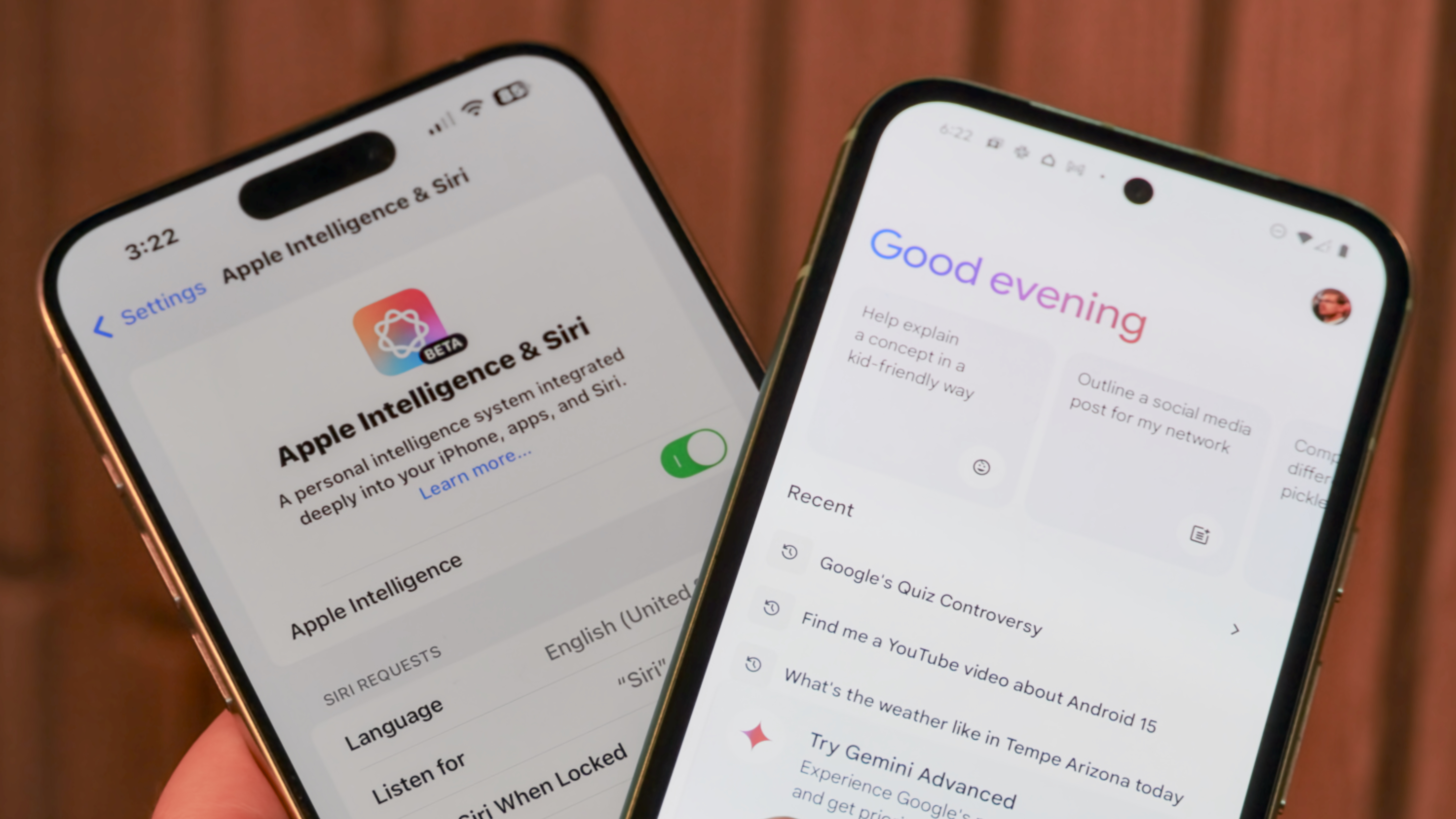Google's smart AR glasses could be controlled via a bracelet or ring
One controller might feel a little more practical than the other.

What you need to know
- Google could be interested in developing a bracelet and ring as controllers for its AR glasses.
- The bracelet could be used to swipe and tap different UI elements while the ring could utilize some form of optic sensor technology.
- The company's AR glasses were teased at I/O 2022 and showed live translation capabilities powered by Google Assistant.
AR glasses have typically been controlled via a side-mounted touchpad, but it looks like Google could be interested in changing this for its own device.
According to 9to5Google, the company appears to have two new methods of controlling its Google Glass in the works. Apparently, sources close to the matter said Google is interested in introducing a bracelet or a ring as a form of controlling the AR glasses that it briefly showed during I/O 2022.
Starting with the bracelet, Google is exploring this as a potential option, giving users the ability to swipe and tap the wearable to control their AR frames. The bracelet would then return a vibration as feedback as you use it.
The other side of this is the potential for Google to introduce a ring as a controllable device for its glasses. This has brought up callbacks to the "Loop" featured alongside the first-generation Focals by North. This was a rather large ring with a small joystick used to control the glasses. It's speculated that a Loop prototype is being used to influence Google's development project, which wouldn't be much of a stretch since the second-generation Focals were canceled following Google's purchase of North. This new prototype is said to have ditched the odd joystick in favor of an optical sensor.
When Google teased its smart AR glasses at I/O 2022, we saw how development was coming along with its next potential jump into the market. The glasses have it in them to be quite "smart," with Google Assistant surging behind it, powering its live translation capability.
Frames such as Meta's Ray-Stories utilize a touchpad on the side of the frames to control its volume and to access playback controls for music, which is the most popular method across various types of smart glasses. Meta also envisioned a future where wrist-based devices would be used for AR input.
Get the latest news from Android Central, your trusted companion in the world of Android

Nickolas is always excited about tech and getting his hands on it. Writing for him can vary from delivering the latest tech story to scribbling in his journal. When Nickolas isn't hitting a story, he's often grinding away at a game or chilling with a book in his hand.
